Wherever we look, it’s apparent that welding is everywhere—be it in a swimming pool, on a building site, or out on the farm. But more than this, it’s also an expression of art, a craft with countless possibilities for turning the everyday into the extraordinary. Andrea Stahl is one such practitioner of this craft. The Swiss artist creates welded art for the home and produces unique pieces of furniture. Read on to find out what her creations look like, what she means when she talks about “usable art”, and what the name “Stahl” is all about.
The name Stahl means steel in German: decision or destiny?
By far the most frequent question Andrea Stahl is asked concerns her name. What may sound like a name picked to match a vocation is in fact just a fortunate coincidence. “I attended a welding course at the age of 19 and worked with steel for the first time. But I didn’t expect my name to go hand in hand with my profession,” says Stahl, who is clearly still surprised and delighted by the “brilliant marketing” this affords her.
One thing soon becomes apparent when you chat with the Swiss artist: anyone who talks about their job with so much passion and feeling has clearly found their calling. “It doesn’t feel like work,” is something that motivates her artistic endeavors every day. Stahl has now been creating welded artworks for 30 years and sees her job as the ultimate in fulfillment.
Straight from the lake to the workshop
A quick run in the camper van to Lake Hallwil, with its stunning natural backdrop, and then back to the workshop to continue her welding—so is the life of Andrea Stahl. For Stahl, creating works of welding art means a sense of freedom, but behind it lie years of hard work and a plan B that secured her the necessary income. She never once took the concept of making a living from welding art as a given. She built a bridge to becoming an artist by holding welding courses in her early 20s. “I was captivated from the moment I took my first welding course. Just one month later, I was offering courses myself,” says Stahl, reflecting back on the start of her career as a welder. At that time, she was only familiar with the basics of the trade herself, but quickly learned more and was soon able to teach others how to weld.
It was at the same time that she started to weld her first creative pieces—the door to welding as an art form had been opened. “My motto is learning on the job. I genuinely enjoy learning, trying out new things, and being creative. I never expected to be able to do everything, I just have to keep gaining knowledge and experience. And I need to have more know-how and experience than the people who come to me and want to learn the craft themselves. By welding my own pieces, I very quickly gained welding experience and I was happy to be able to pass this on,” says Stahl.
Women learning from women
When it came to delivering welding courses, Stahl quickly specialized in a specific target audience: women. These courses were regularly fully booked and they proved to be a huge success for the artist. “When it comes to welding, it’s become apparent to me that women enjoy learning from other women. I must have given hundreds and even thousands of women welding expertise over my time as a tutor and my focus has very much been on creativity and art. Many of my students went on to become self-employed or simply discovered welding as a hobby,” explains Stahl, adding: “In the mixed-gender courses, I noticed that women were actually better than their male peers in around 80% of cases; they were more sensitive, faster, and completed the welding tasks more easily.”
Welding a team together
In addition to delivering her welding courses, Stahl regularly offers team events, despite the fact that these have declined sharply since the COVID pandemic. These are events in which employees from a company work together on MIG/MAG welding and focus on a specific piece, such as a sculpture. These courses serve as a special kind of team building that offers groups space for creativity outside the office.
The teams take part in a form of crash course, in which they learn aspects such as how to hold the welding torch and what to look out for when welding. “In some cases, I’ve had groups of up to 200 people working together on their artwork in the workshop or outdoors. For many, the craft was completely new and it was great to see how they worked together to produce something in a matter of hours. They were completely free to choose what they wanted to create; I was simply there to observe and support them when my advice was needed,” says Stahl, reflecting back on past courses.
Welding and art—why pick this specific combination?
Stahl has always been a talented craftswoman, but she ultimately found her passion in welding and combined it with her love of creativity. For Stahl, the special thing about the art of welding is its speed: “Depending on the complexity of a project, I work on pieces for days or even weeks. But sometimes I go to the workshop in the morning and have a piece of furniture finished by the evening. I see results quickly, which I find hugely motivating. Creating something in a short space of time that is also sturdy and long-lasting inspires me every day.”
For Stahl, welding also means creating a sense of lightness, which she wants to convey in her art: “I want to make heavy things look light, which is why I always incorporate the aspect of permeability into my work. It fascinates me that I can use steel or metal to create objects that are heavy and stable but have a lightweight appearance,” she says, explaining her artistic vision.
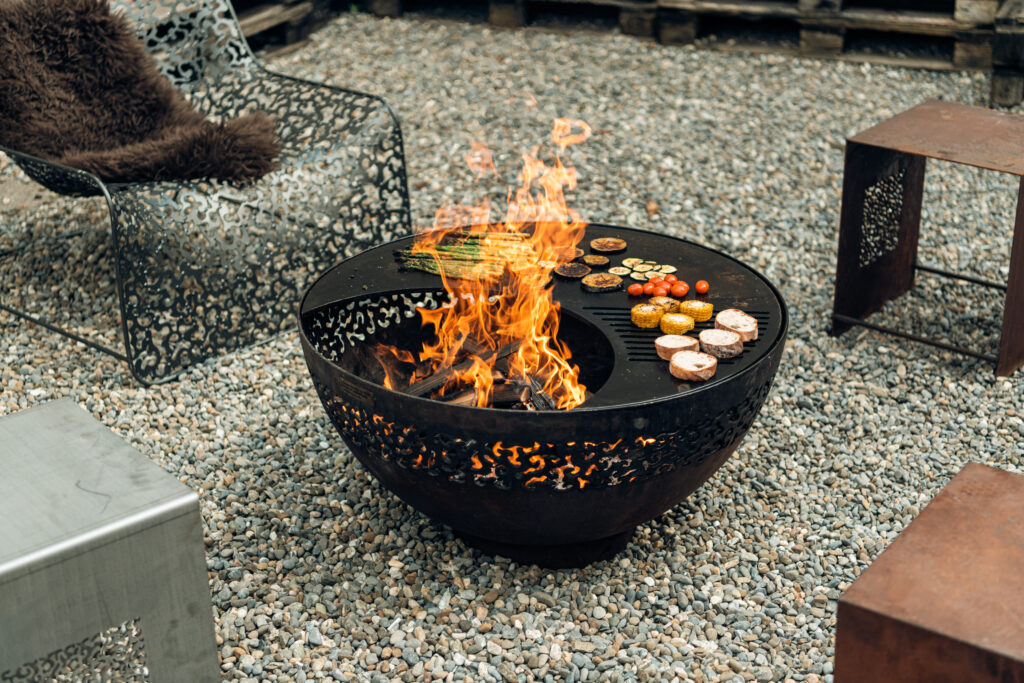
Welded art for the home
Whether a fire bowl, a chair, or a lamp—the combination of “beautiful” and “functional” is reflected in every one of Stahl’s artistic furniture pieces. She refers to it as “useful art” and is astonished time and again by the possibilities afforded by the art of welding.
Specializing in furniture was purely down to Stahl’s own tastes: “I didn’t like any of the furniture that was around at the time. Nothing—beds, chairs, tables—really appealed to me, so I decided to make my own. Other people liked my pieces too, so that’s how I got into design and I still love the combination of beauty and functionality today.”
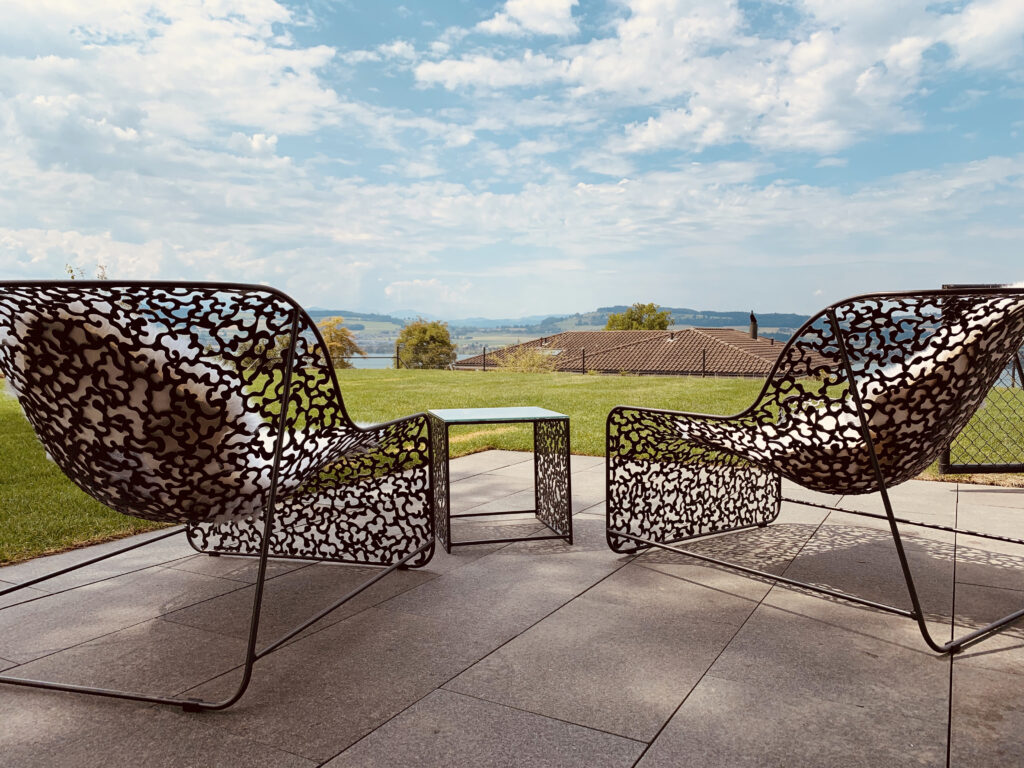
To Paris with trailer in tow
Stahl displays her work at garden and design exhibitions in Switzerland and has recently ventured into France as well. “Personal contact is very important to me, which is why I don’t have an online store. I believe that artists should put themselves out there and talk to people directly. I need that impetus and I know it’s the approach that works for me,” she concludes.
At her exhibitions, elegant fire pieces (now a specialty of hers) draw particular admiration. “My zodiac sign is Aries, a fire sign. And welding stands for the same things too: fire, light, and power—I also associate all of this with the craft. It would appear that it’s not only my name that connects me to my profession, but my star sign too,” grins Stahl.
More welding as an art form
If you find welding art fascinating then we’re with you. That’s why we’re taking the opportunity in this blog to introduce you to other artists who amaze and impress us with their combinations of technology and aesthetics. Read on to find out how people come to weld animal sculptures in Rich Baker’s story, for example. And look forward to future articles like this, because they show that welding is more than simply joining metals. As a form of art, it engages people, invites them to explore other angles, and allows them to slow down in a world that is moving faster all the time—and one that would be far less colorful if it were devoid of art.
 Perfect Welding Blog
Perfect Welding Blog
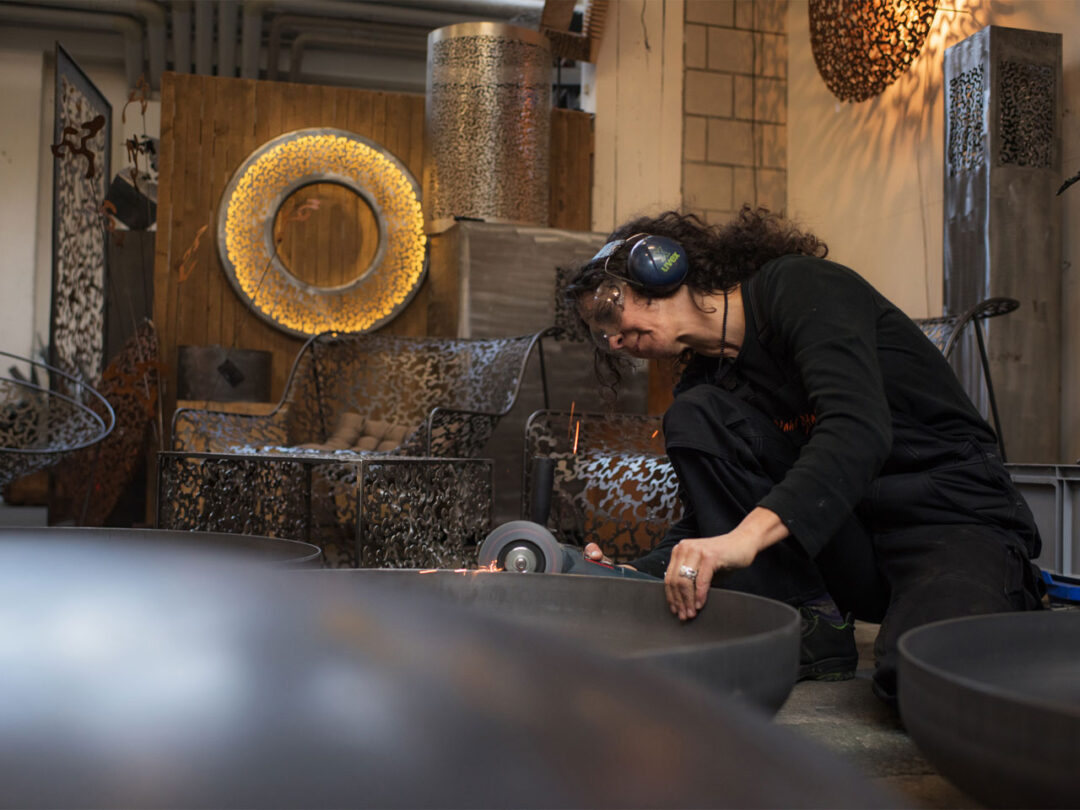
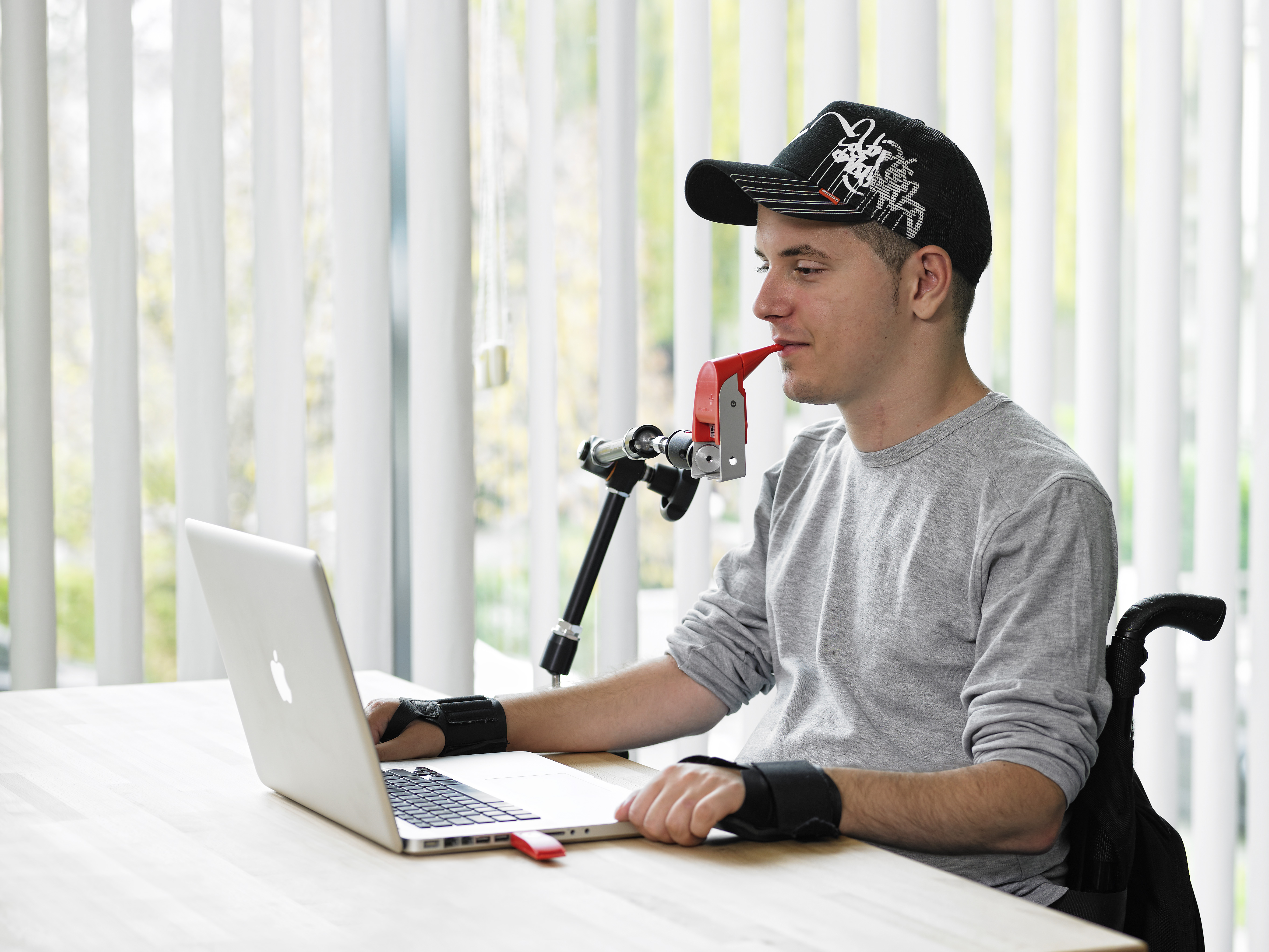
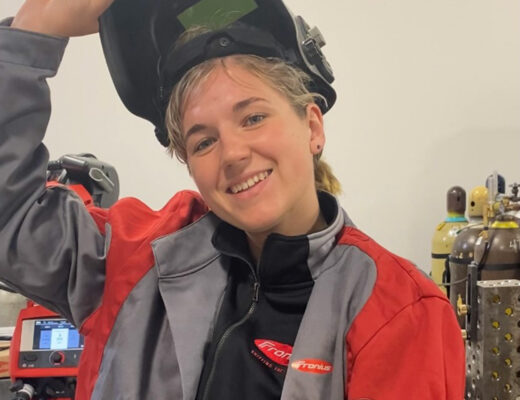
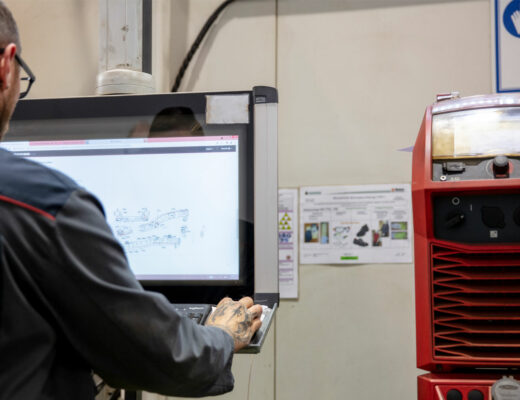
No Comments